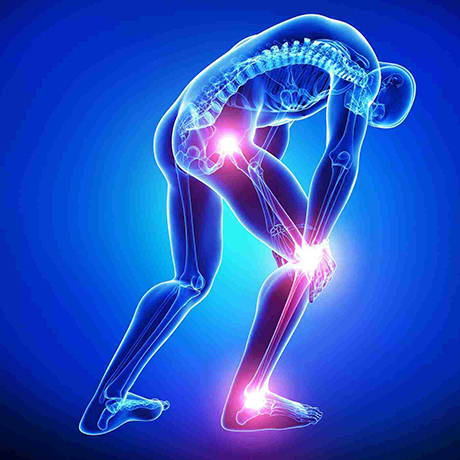Exploring the Synergistic Function of Physical Therapy in Improving Pain Control Strategies
Wiki Article

Physiological rehabilitation plays a critical function in managing discomfort for many patients. Pain can occur from various issues, including traumas, operations, or chronic conditions. While medications are frequently used to alleviate pain, they may not always be the most effective solution due to potential adverse effects or addiction issues. This is where physical rehabilitation comes in as a supportive method. By focusing on mobility, strength, and agility, physical rehabilitation specialists help patients recover function and diminish discomfort through specific exercises and methods.
One of the primary methods physiological therapists use is workout therapy. This includes specific workouts designed to strengthen muscle groups, enhance range of motion, and boost overall physical performance. For example, a client recovering from leg surgery may participate in exercises that progressively boost their range of movement and strength. These workouts not only help in reducing pain but also prevent subsequent injuries by encouraging better mobility patterns. Additionally, physiological therapists frequently tailor workout programs to satisfy the individual requirements of each patient, ensuring that they obtain the most efficient treatment possible.
Another crucial component of physiological rehabilitation is manual treatment. This physical method comprises techniques such as massage, joint mobilization, and manipulation. Hands-on treatment can help alleviate muscular tension, improve circulation, and reduce discomfort. For example, a specialist may use massage methods to reduce tension in the back, which can lead to significant discomfort relief. By addressing the underlying issues leading to pain, hands-on treatment can enhance the overall efficacy of discomfort control approaches.
Education is also a crucial aspect of physiological therapy. Physical therapists take the effort to inform patients about their conditions and the importance of keeping an engaged way of life. Understanding the causes of pain and the benefits of bodily exercise can enable patients to take control of their health. Therapists often provide advice on correct body mechanics and posture, which can help avert discomfort from returning. This educational component encourages a collaborative partnership between the therapist and the client, resulting to better outcomes in discomfort control.
In summary, physical therapy acts as a valuable tool in enhancing discomfort management strategies. By integrating workout therapy, manual methods, and client instruction, physiological rehabilitation specialists tackle pain from various perspectives. This holistic approach not only helps reduce existing pain but also prepares clients with the knowledge and skills to control their health in the long run. As an increasing number of individuals look for options to medication for discomfort alleviation, the role of physiological rehabilitation will continue to grow in significance, offering hope and enhanced quality of browse around here life for many.